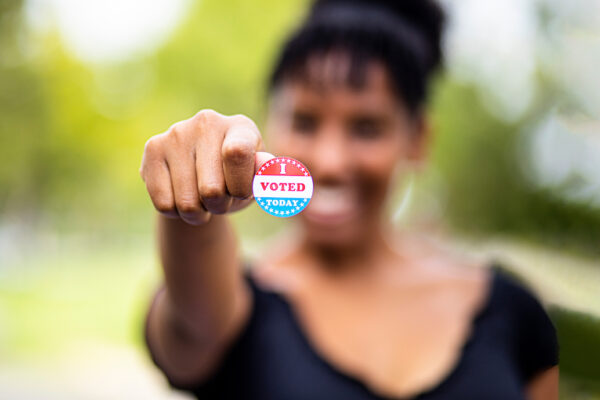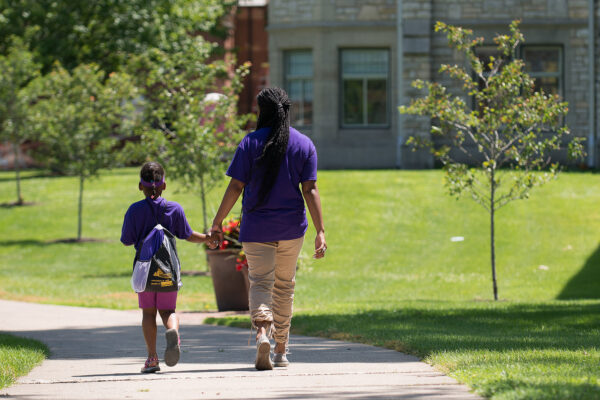Moving from Words to Action
Title: Moving From Words to Action: New Report Analyzes University Racial Justice Statements and Following Actions
Source: NASPA (Student Affairs Administrators in Higher Education) and NADOHE (National Association of Diversity Officers in Higher Education)
Author: Alexa Wesley, Jill Dunlap, and Paulette Granberry Russell
NASPA and NADOHE recently released a content analysis of racial justice statements made by 300 colleges and universities following the murder of George Floyd. Key findings from the analysis include:
- Over two-thirds (69 percent) of racial justice statements were authored by college and university presidents.
- The majority (84 percent) of racial justice statements were made within the first ten days following George Floyd’s murder.
- Institutions with higher percentages of enrolled White students included some statement factors, such as the mention of discrimination and/or impact on the Black or African American community and solidarity with individuals impacted, at lower rates when compared to institutions with lower percentages of enrolled White students.
- Action items included in racial justice statements varied across institutions.
The report also includes findings from a survey of NASPA and NADOHE member institutions on key considerations made when issuing racial justice statements and implementing actions. Key findings from the survey include:
- Student government association presidents and students more broadly were only included in the development of their institution’s statement (3 percent and 2 percent, respectively), though nearly all respondents indicated students as their intended audience for racial justice statements.
- When developing racial justice statements, institutions prioritized certain considerations, such as affirming institutional values of equity, diversity, and inclusion and communicating solidarity with individuals experiencing pain or trauma, and used multiple sources of data to inform strategic actions.
- Actions for addressing racial equity at the campus-level increased in prevalence after the murder of George Floyd, though actions are at varying stages of completeness.
- Survey respondents identified several implementation considerations and challenges when taking action to address systemic racism on their campuses including shared responsibility among offices for leading actions, creating community buy-in, and sustaining change with resource constraints.
To read the full report, click here.
—Danielle Melidona
If you have any questions or comments about this blog post, please contact us.


